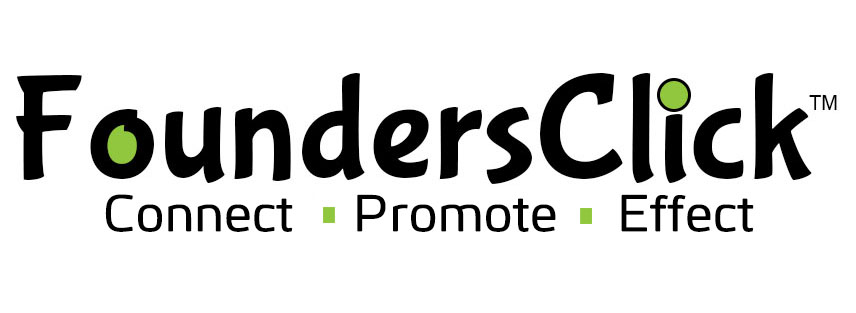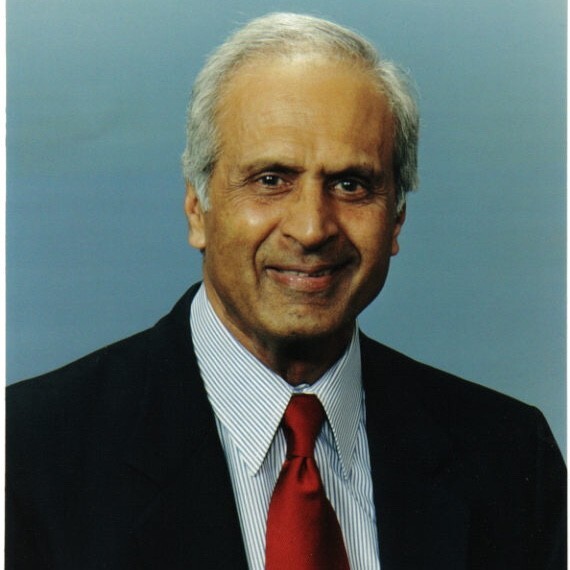As a routine part of my coaching practice I talk to clients interested in changing jobs and going after something that will improve their station. I also see their résumé and cover letter that they create to respond to the open position. In addition, I often help them through the interview process to get their thinking aligned for a successful outcome. Throughout this process one common theme emerges: Clients are so focused on what they bring to the position (“features”) that they are unable to translate those very features into “benefits” for the employer or the hiring manager. What is the best way to do that?
The Power of Shifting Focus from You to Them
So, this blog is about learning how to shift your focus from “you” to “them” throughout the process, starting from your résumé, cover letter, and how you practice interview skills if you want to really bag that opportunity. Job seekers are often worried about their qualifications to land a job (their Features), but what an employer is looking for is the Benefits, instead. Let me explain: Most résumés are designed to showcase a candidate’s qualifications. In marketing lexicons these are merely the features a “product” possesses—in this case that product is YOU! The problem with the Feature mindset is that it is based on a me-centric focus. Such a focus thus prevents the reader—the hiring manager—from quickly seeing how what you bring actually will create immediate and long-term value for that hiring manager and the company. So, before we shift our focus on creating a Benefits-rich message, let us first explore what a Feature-based message looks like and what mindset is the basis for such a message:
The “Feature” Mindset
A typical feature-laced message focuses on the past: “I have been a product manager for the past 15 years and have successfully managed life-cycle of products ranging from consumer appliances to software financial packages.” Often, too, they will add statements such as “I am a fast learner and work well with different teams.” Whenever you are tempted to make a (feature) statement such this, just try its opposite and see for yourself how ludicrous it sounds: “I am a slow learner (in fact, my most recent performance review stated that I never learn, even from my own mistakes!) and teams find it difficult to work with me.”
If, instead, you shift your message from what you do to what their burning need is, your message becomes much more interesting to them and allows them to move in a positive direction, often resulting in an offer for you.
Shifting that Mindset
So, let us find some examples of how you can shift your focus from you (features) to them (benefits):
Feature (you)
“I bring a broad range of experience dealing with international customers. I have made deals with the Germans, the Japanese, and Indians. This has taught me how to work with diverse nationalities to get a deal done.”
Benefit (them)
“As you can see from my résumé I have closed on deals with many international customers. I know that Prizm (employer you are after) is going after the Brazilian market with your new line of automotive widgets. My previous success with several Brazilian customers stems from my understanding of their typical approach they take in their negotiations. For example, Brazilians tend to be emotionally more expressive and do not like confrontation (Those from the US, on the other hand, tend to be more factual in their approach and mildly confrontational, in comparison). Learning how to manage this mindset I have been successful closing all three deals at my previous company worth $12M. I can do the same for Prizm, leveraging that success. By the way, I also have a working knowledge of Portuguese.”
Feature (you)
“As a Corporate Development leader I have identified new opportunities for a company to grow in new areas. When I was at ABC I scouted four new companies for potential acquisition and resulted in acquiring two from this initiative. I can do the same for you.”
Benefit (them)
“After looking at how your product offerings are doing in the market it is clear to me that you need to quickly get into new areas of technology that are on a high growth track. IoT, Energy Management, and Home Security are few that stand out where Arrow (employer you are after) is not yet seen as a market leader, despite its efforts to launch products in those areas. I know a few start-ups that have done exceptionally well in each of these areas and are looking for some ways to exit. When I join Arrow my priority would be to bring CEOs of these companies for starting discussions on how to make them a part of Arrow’s portfolio companies. In fact, I often play golf with one of those CEOs.”
“Yet another area where I can add value to you is to review your existing corporate investment portfolio of $150M and see if there is an opportunity to improve the ROI through a better alignment of that portfolio with the emerging growth areas.”
Of course, coming up with benefit statements as I have shown above requires your doing some insightful research on the target company and framing the benefit you provide to them in a way that resonates with the hiring manger and the selection team. A less desirable alternative is the “shotgun” approach with your message and a hope that something sticks and that you get invited to the “dance.” Once you zero-in on their pain and what their burning need is, you have several vehicles to ratchet up your message: résumé, cover letter, interview, and your closing statement, to name just a few.
So, the next time you are tempted to send a generic résumé with a banal cover letter re-think your approach and see how much more traction you get by shifting your mindset from Features to Benefits
Good luck!

 SkillClick
SkillClick
